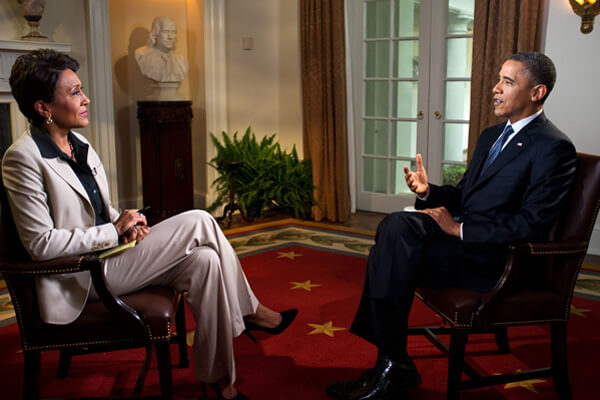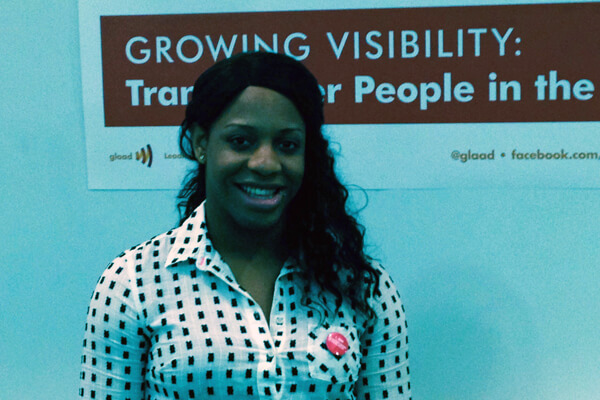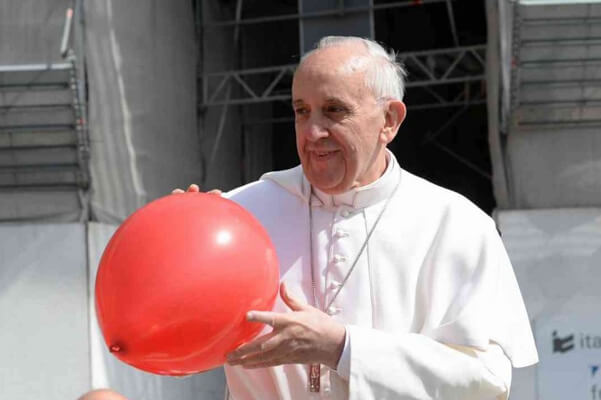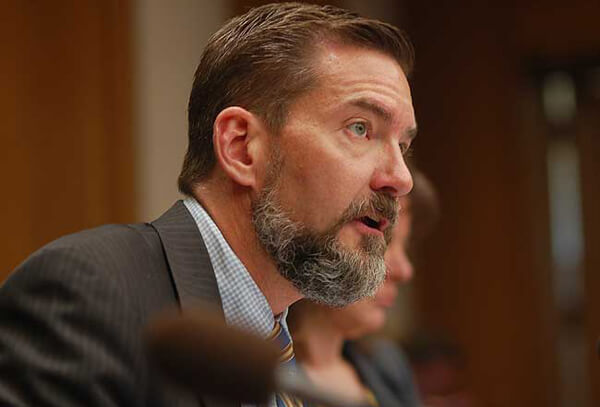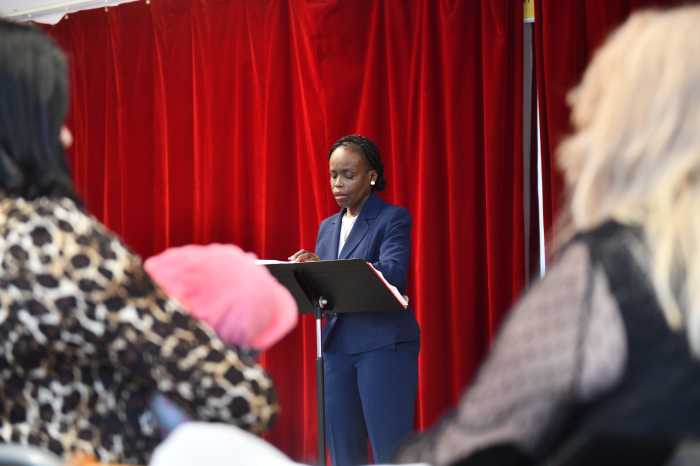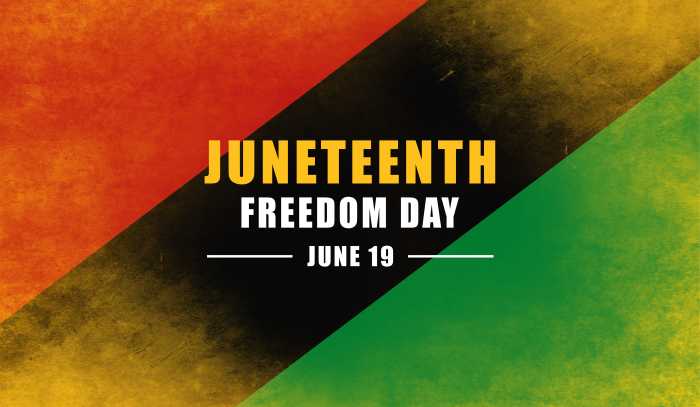Fifty years after Stonewall, LGBTQ people who listen to a song, stream a series, or read a book have more positive images to draw upon than ever before.
But where are our faces in the ads that sell us those things — or, for that matter, pretty much everything? Rarely seen is the same-sex couple sizing up choices at a car dealership, passing around a tube of toothpaste during their morning routine, or sharing a smooch as anniversary gifts are exchanged.
“There’s just a very small group of companies that make an effort to educate themselves, and to progress… to show us as we are, or appeal directly to the LGBT consumer,” said Todd Evans, of Rivendell Media.
As Rivendell’s president and CEO, it’s Evans’ job to place advertisements for the National LGBT Media Association. (Gay City News is among its dozen members.)
Absolut Vodka and Wells Fargo, Evans noted, are on the short list of high-profile corporations that market to the LGBTQ community with creative content that depicts lives being lived in something other than heterosexual accordance.
Include Target on that list, said Evans, who points to the general merchandise retailer as an example of a company committed to LGBTQ-specific marketing and products.
“This is a group that has wanted to educate themselves,” said Evans, recalling, “years ago, Target faced a boycott for [indirectly] donating to an anti-LGBT politician. They rose to the occasion by not only stopping that, but becoming LGBT-friendly.”
In July 2010, Target became — those no better word — a target of backlash after donating $150,000 to MN Forward, a group that proclaimed to function as a champion of Minnesota’s economy, but also funded campaign ads for Tom Emmer — the Republican candidate for governor who, The Minnesota Independent reported, “authored a constitutional amendment to prohibit same-sex marriage and civil unions” in 2007, while a member of the Minnesota House of Representatives.
As reported by Minnesota Public Radio News in an August 20, 2010 article, Gregg Steinhafel, CEO of Target — which is headquartered in Minneapolis — apologized for the financial contribution, but only after, the news outlet noted, “Democrats, gay rights groups, and others called for a boycott of the company.”
Steinhafel’s August 5, 2010, letter to Target employees asserted the company’s commitment to “fostering an environment that supports and respects the rights and beliefs of all individuals,” and pledged to bring together “a group of companies and partner organizations for a dialogue focused on diversity and inclusion in the workplace, including GLBT issues.”
Making good on that diversity pledge raised the hackles of the anti-LGBTQ American Family Association, which has been boycotting Target since April 2016 for, it alleges, endangering “women and children by allowing men to frequent women’s facilities” — a dog whistle reference to Target’s policy of allowing transgender people to use changing rooms and bathrooms in accordance with their gender identity.
Whether the product of public embarrassment, genuine enlightenment, or a little bit of both, Target, said Evans, “went from the verge of a boycott” during its MN Forward days “to really embracing their LGBT customers, and speaking directly to them.”
Target got its feet wet with ads in Out magazine and The Advocate from 2012 to 2016, and then, in 2017 and 2018, Evans said, the retailer “expanded those national buys to a number of local markets, including Dallas, New York City, Miami, Boston, Orlando, Salt Lake City, and Denver. One series of ads, Evans noted, featured individuals of “every shape and color. It really speaks to Pride itself, and being accepted. They even end it with the hashtag #takepride. I don’t think you can ask for anything better.”
Danielle Schumann, the corporate public relations lead at Target, declined comment several times, instead referring this reporter to links within the corporate.target.com destination.
There, Caroline Wanga, a Target vice president and the chief culture, diversity & inclusion officer, is quoted saying, “In order to continue to be a place where people want to come and spend their money, we have to be connected to who our potential customers are across the board, and in order to stay relevant as a business, we have to be sure our guests are seeing experiences, products, and services that reflect who they are.”
This year, corpo
A perfect score of 100 on the Human Rights Campaign’s 2019 Corporate Equality Index and “presenting partnership” status with GLAAD’s Spirit Day — described by the Gay & Lesbian Alliance Against Defamation as “the world’s largest and most visible LGBTQ anti-bullying-campaign” — are among demonstrations of solidarity touted by Target, which also made a $100,000 Pride Month contribution to GLSEN, the Gay, Lesbian and Straight Education Network.
In 2019, the corpo
In a case of funding Paul by shortchanging Peter, Evans noted, “This year, Target didn’t advertise at all” with the print publications he represents — a stark departure from their Pride Month advertising of the past. “But I did notice they were a World Pride Stonewall 50 Platinum Sponsor. I think this year, a lot of people’s budgets went to that.”
Attempts to engage Target on the local level have been unsuccessful, said Mark Segal, publisher of the Philadelphia Gay News (PGN), also a member of the National LGBT Media Association.
“We’ve reached out to them on numerous occasions, and the response has been zero,” Segal said. “They have a store very close to the gayborhood here. I also see them advertising in neighborhood and community newspapers in Philadelphia, so you could say they are, at the very least, ignoring our community.”
Community engagement, emphasized Segal, pays dividends.
“Various companies in the Philadelphia area that advertise with us and make their presence known feel the strength of the LGBT market coming into their doors,” he noted. “We hear this by their reps calling us and telling us that, or about a congratulatory letter written from an LGBT customer.”
Less impressive was the response to the outreach of PGN senior advertising media consultant Joe Bean, who has 23 years of experience in media sales and said he’s “used to going for big accounts.” Bean noticed the then-new local Target was placing recruitment ads in “all the other papers similar to ours in circulation,” including the local Spanish language publication.
“I kept calling and calling,” Bean recalled. “I got to the person who had jurisdiction over recruitment, who didn’t have to go through corporate in Minneapolis. But my efforts fell on deaf ears. They should be encompassing everyone, especially in a city like Philadelphia, which has a large LGBTQ footprint.”
For Evans, despite gains, “There is a lot of misinformation out there,” on the part of corporate buyers.
“The media habits of other niche markets differ drastically than that of the LGBT shopper, yet many corporations are using the same formula,” he said. “Digital is king in Hispanic media, and for the African-American market, it’s mobile. LGBTs, we use our phones for breaking news and for finding Mr. Right or Mr. Right Now, but almost all digital and editorial news content comes from the print product. Face it. There is no Telemundo for the gays. There is no CNN for our people. They go local. It’s all about trust.”

